Attack on Energy System — a Reminder of Whom We Are Fighting Against
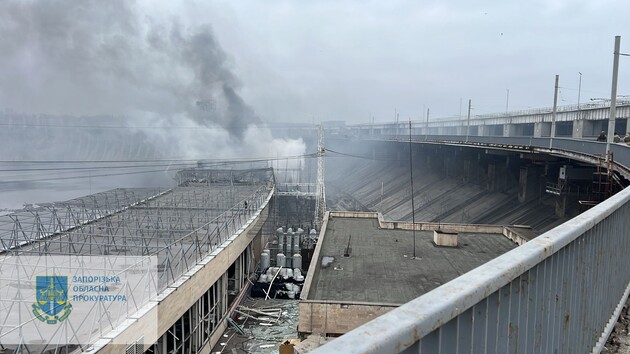
Missiles come flying in again... On the night of March 21, Russian troops fired more than 150 missiles and drones at the Ukrainian energy system. No expense was spared.
The attempt, luckily, was not 100% successful, but it hit hard. At its peak, up to 2 million kW of power was lost, some of it for a long time.
The conclusions inevitably come to mind. And considering that we described the essence of the problem with the lack of air defense for protecting the energy system back in November, I want to swear loudly...
Most of the drones launched were shot down. As a result, the Russian plan to destroy all stations in western Ukraine with one blow failed. But the strikes were severe. A rocket flew into the engine room of the Burshtyn thermal power plant again. The Ladyzhyn thermal power plant was also hit hard.
Rockets breached defenses even more often than drones, as can be seen from the reports of anti-aircraft servicemen. Especially where there was simply nothing to intercept them. Much as we would like to take down ballistic and cruise missiles with anti-aircraft machine guns, this is a tall order. We know the result — dozens of damaged facilities, including 20 substations, emergency shutdowns, energy assistance from neighboring countries.
The situation is particularly severe in Kharkiv, Dnipropetrovsk, Odesa and Khmelnytskyi regions. The biggest shock of the day is, of course, the Dnipro hydroelectric power plant.
The latter was hit by eight cruise missiles. The engine room (also known as the turbine department) of its new section, the so-called Hydroelectric Power Plant-2, was severely damaged. I couldn’t help but remember last year’s barbarity in Kherson region. Fortunately, there is no threat of a dam failure, but problems still abound. Some of the station's equipment will be incapacitated for a long time...
The strikes, among other things, cut off the energy supply to the security system of the Zaporizhzhia nuclear power plant occupied by the Russians, which once again throws into stark relief the “atomic” risks of this war. We had to close the gaps in the power line again urgently to remove the threat of a nuclear disaster.
With all that in mind, the Russians, in the best traditions of their predecessors from Hitler’s Germany, called all this “retaliation strikes.”
It seemed that no one should have any doubt that the enemy was ignoble and out of its mind. Last winter, it was weaker strikes that surprised us. About 400 drones and missiles that targeted energy facilities from November to February during the current heating season are only a third of what we saw during the previous heating season.
One explanation for the surge of Russian humanism this winter was purely political. Against the backdrop of months of blocking assistance to Ukraine in the US Congress, the terrible picture of massive attacks on the energy system and their consequences could prompt the intractable part of the Republican party to still vote for assistance to our country.
Now the weather is warmer and brighter... And in Washington, apparently, the Trumpists are one step away from replacing grant aid to Ukraine with loans, which in any case implies its postponement. So Russians can keep shooting.
Moreover, the “humane winter” obviously relaxed many in Ukraine, and since November 2023, when the protection of energy facilities was not up to standard, the situation has not improved much. It was already clear then that the problem with the stock of anti-aircraft missiles had to be solved systematically, not by stretching the daily ration for months. Now it’s too late.
The delay with US assistance means, among other things, a drastic reduction in the replenishment of anti-aircraft missile stock. It is better not to think at all about the supply of fighter jets in homeopathic doses. These plans have already moved to the third summer of the war (and among those promised, not a single jet is Americans, by the way).
In general, the situation is no fun.
But not hopeless either. Missile strikes at above-zero temperatures and in the depths of winter have different consequences, no matter how you look at them.
Currently, about three dozen thermal units of varying capacity are in operation. A dozen of them were in reserve. Emergency supplies for power line restoration are available. It is more convenient to carry out repair works in a warm place, despite all the problems. There is a flood on the rivers, so hydroelectric power plants naturally increased output, although the attack on the Dnipro plant is an alarming sign and another reason to think about safety again.
Can they hit once more? Yes, they can. It's best to be prepared for long power outages.
The energy system has a margin of safety and will withstand attacks if they repeat. But the price can be high.
Recently, issues of protective structures and their readiness were discussed again at the Stavka meeting.
The situation is not all roses. It is also aggravated by numerous and nearly overt attempts to create sinecures there for a close circle, as shown by significant differences in cost of the same type of shelters at different sites.
What is this if not direct work in favor of the ruscists?
After all, shelters are the few things we can do ourselves (for the general, not corrupt, interest).
Air defense is more difficult. It was and still is not enough. There are simply no extra systems. Supplies from allies are important and require constant work, regardless of NATO’s fears and the red lines invented by some unknown people. It is necessary to scrape the bottom of the barrel of our allies in search of air defense or electronic warfare.
One more necessary thing is to consider our response. A burning Russian refinery, oil terminal or substation is something that improves the environment on our planet, promotes inclusivity and gender diversity.
Please select it with the mouse and press Ctrl+Enter or Submit a bug











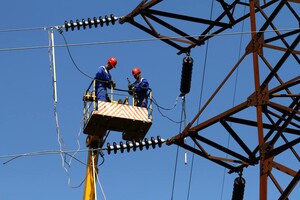
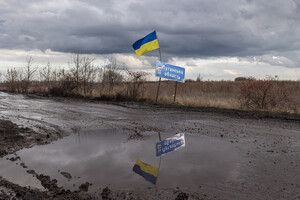
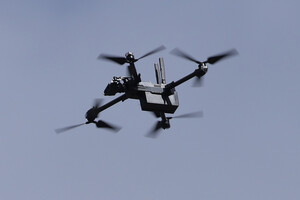
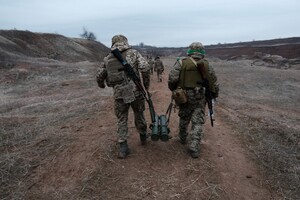


 Login with Google
Login with Google